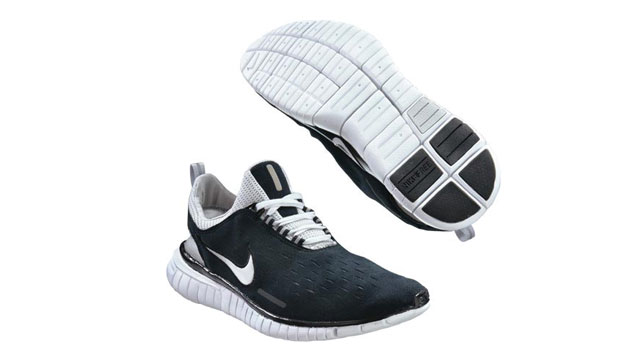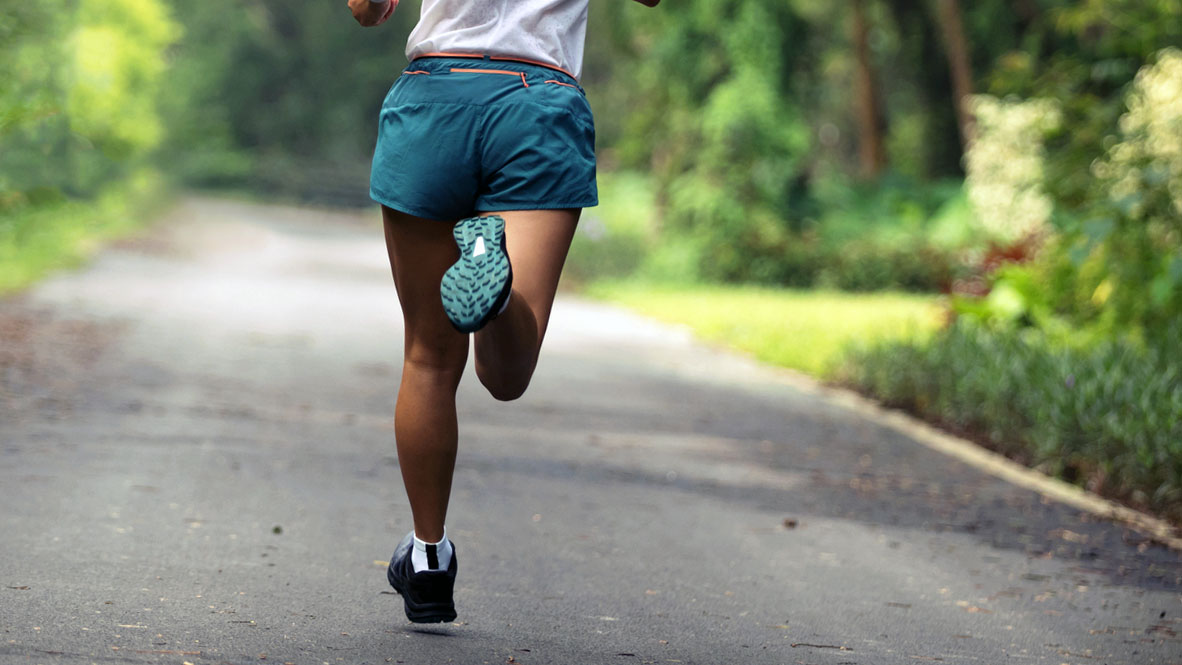Q1: Lifting for Long, Lean Muscle
I’ve been on a low-weight, high-rep weightlifting program for a few months now, and so far I’m not seeing my muscles become “long and lean” like they were supposed to. In fact, I’m not seeing much of anything happen. What’s the deal?!
A: The promise of “long and lean” muscles is linked to several fitness pursuits, from yoga and Pilates to lifting teeny tiny weights lots and lots of times. The problem is, too often, that the “long and lean” promise comes up short on truth. For one thing, your muscle length depends on your tendons’ origin and insertion points along your bones — a nonnegotiable attribute, and one that varies from individual to individual. That is, genetically, you may have shorter- or longer-looking muscles than you’d like, and absolutely nothing is going to alter how long they are right this minute. (Sorry.)
But insertion points aren’t usually much of an issue for nonbodybuilders, and it’s very rarely the main issue with women. Rather, the problem for us often lies in the fact that we’ve been brainwashed into avoiding heavy weights lest we become all big and bulky.
I asked one of my very favorite dudes, Tony Gentilcore, CSCS, cofounder of Cressey Performance in Hudson, Mass., for his thoughts on the topic, and he absolutely unleashed. (It seems he’s had it with this particular fitness myth.) I’ll spare you the whole tirade, but the takeaway was this: The very thing many women shun — lifting heavy weights — is what would provide that lean, toned look many of us are going for.
The first reason for this is that lifting heavier weights on a regular basis enhances myogenic tone (your muscle tone when you’re at rest) because you increase the efficiency of your nervous system, which keeps your muscles at the ready even when you’re just chillin’. Training with lighter weight doesn’t have this same effect.
Moving big rocks also recruits more fast-twitch muscle fibers, which lend your muscles more shape and definition than the slow-twitch variety. The result is a more sculpted look. That’s sculpted, mind you, not bulky — because women just don’t have the testosterone levels to accidentally hulk out.
The other factor involved in getting long and lean is body fat. All “getting toned” really means is reducing body fat, explains Gentilcore. That is, the leaner you are, the leaner and — relatively speaking — longer, you look. (Makes sense, no?) Most experts agree that body fat is controlled in large part by what you eat, but there’s plenty you can do in terms of your workouts, as well.
Recent studies indicate that lifting challenging weights (75 to 80 percent of your one-rep max) for fewer repetitions (in the six to eight range) does more to aid fat loss than doing a higher number of reps with lighter weights. So, ditch the pink dumbbells and spend your time doing compound movements that allow you to work as many muscle groups as possible so you burn as many calories as possible, both during your workout and afterward. Include such exercises as dead lifts, push presses, pull-ups, pushups and squats. Gentilcore also recommends circuit and interval training one to three times a week to get your heart pumping and your body fat dropping.
Q2: Shoe Cushioning
I have to ask: Does the old rule of thumb about replacing your running shoes every 300 to 500 miles apply to barefoot-style shoes like my Nike Frees? They aren’t super cushiony to begin with, and I figure as I wear them out, they’ll just get even more barefoot-like.
A: Excellent question. Last year’s big footwear revelation (that there is no good evidence that cushioned or corrective running shoes prevent injury or improve performance) definitely makes the old shoe-replacement rule worth challenging. And since we naturally adopt a less jarring foot strike when we’re going barefoot or wearing minimalist shoes, a “less is more” approach probably makes good sense for most runners.
I’m a Nike Free wearer myself and I don’t replace mine super often. I generally wear them until I arbitrarily decide it’s time for new shoes (usually when they aren’t coming clean in the wash anymore, or when I see a new color I like more), but since that isn’t the soundest advice, I checked in with Joe Friel, MS, endurance sports coach and founder of TrainingPeaks.com. He said that “since the cushion of the traditional running shoe is what breaks down most, the less cushioning a shoe has, the longer it will last.”
But, he’s also quick to say that if you’re prone to foot and leg problems, you should replace your shoes more frequently — perhaps not as frequently as the old rule dictates, but closer to it — and he advises making the transition to barefoot-style shoes a gradual one to give your body time to adjust to less cushion and support.
So, to paraphrase, if you’ve transitioned to barefoot-style shoes gradually, and if you’re not prone to injury, you can pretty much wear those Frees till the tops crumble off.
Q3: Sandbag Training
I saw this guy in the park hoisting sandbags as part of his workout. Interesting technique — but why not just stick to dumbbells?
A: I’ve recently gotten into sandbag training, and I’m a convert. Along with kettlebells, sledgehammers, the TRX and medicine balls, sandbags — essentially just duffel bags filled to varying degrees with sand — are one of those sneaky, simple-looking fitness implements in which complex training concepts are at play. While most training implements move in calculable ways when you lift, swing, carry or heave them, sandbags are hard to predict because the weight shifts within the bag, says Josh Henkin, CSCS, creator of the Ultimate Sandbag Training System. This means you’ve got to move more efficiently and use stabilizing muscles to counter changing forces, keeping you off kilter and working hard every second — a good thing when you’re looking to ramp up intensity.
Sandbags also dramatically improve grip strength (it’s tough to even grasp the thing firmly enough to pick it up), and because of their pliability, you can train through many ranges of motion and angles. This means you can create a ton of exercise variations; check out some ideas at www.henkinfitnesssystems.com.





This Post Has 0 Comments